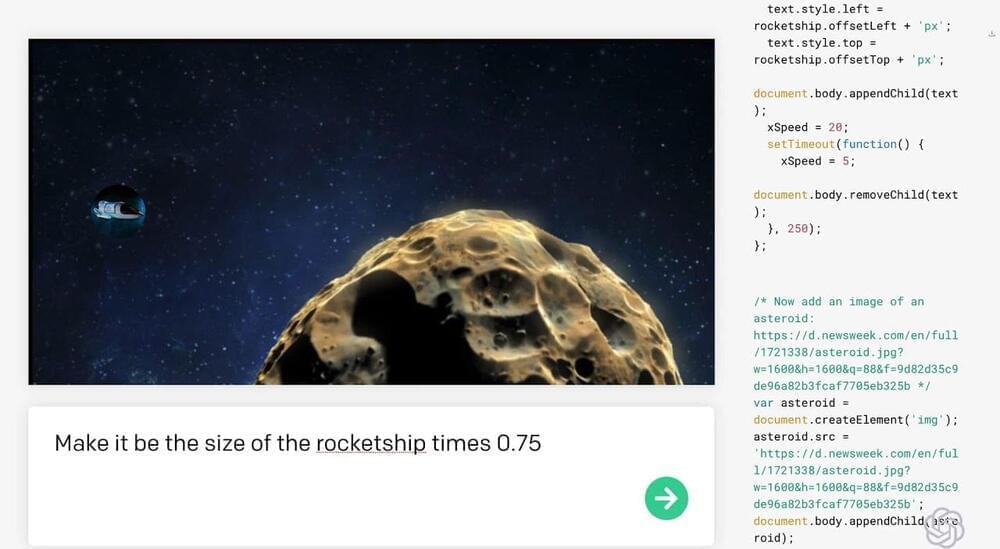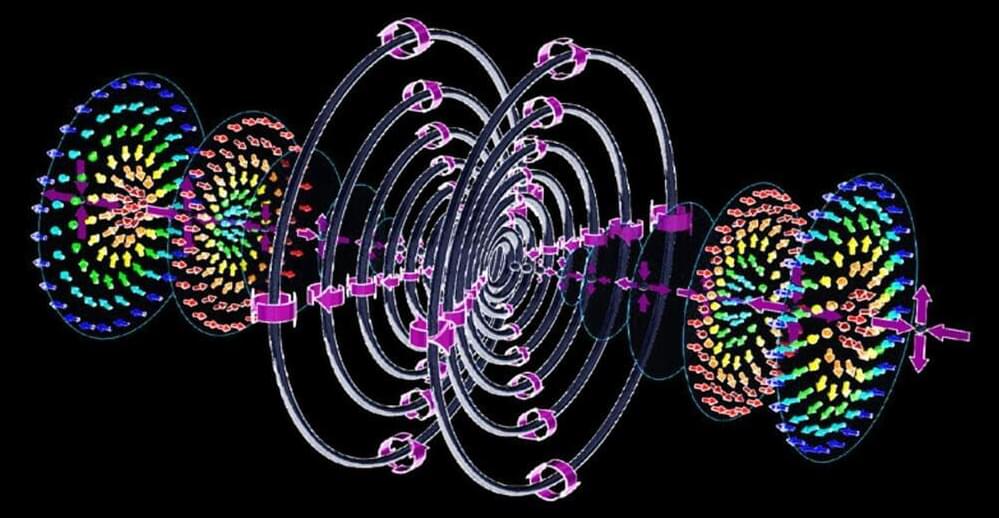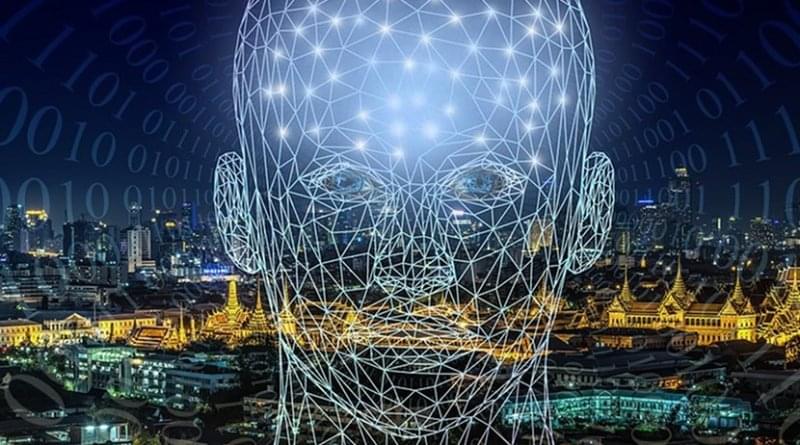None.
Scientists from Heidelberg and Bern have succeeded in training spiking neural networks to solve complex tasks with extreme energy efficiency. The advance was enabled by the BrainScaleS-2 neuromorphic platform, which can be accessed online as part of the EBRAINS research infrastructure.
Developing a machine that processes information as efficiently as the human brain has been a long-standing research goal towards true artificial intelligence. An interdisciplinary research team at Heidelberg University and the University of Bern led by Dr Mihai Petrovici is tackling this problem with the help of biologically-inspired artificial neural networks.
Spiking neural networks, which mimic the structure and function of a natural nervous system, represent promising candidates because they are powerful, fast, and energy-efficient. One key challenge is how to train such complex systems. The German-Swiss research team has now developed and successfully implemented an algorithm that achieves such training.









